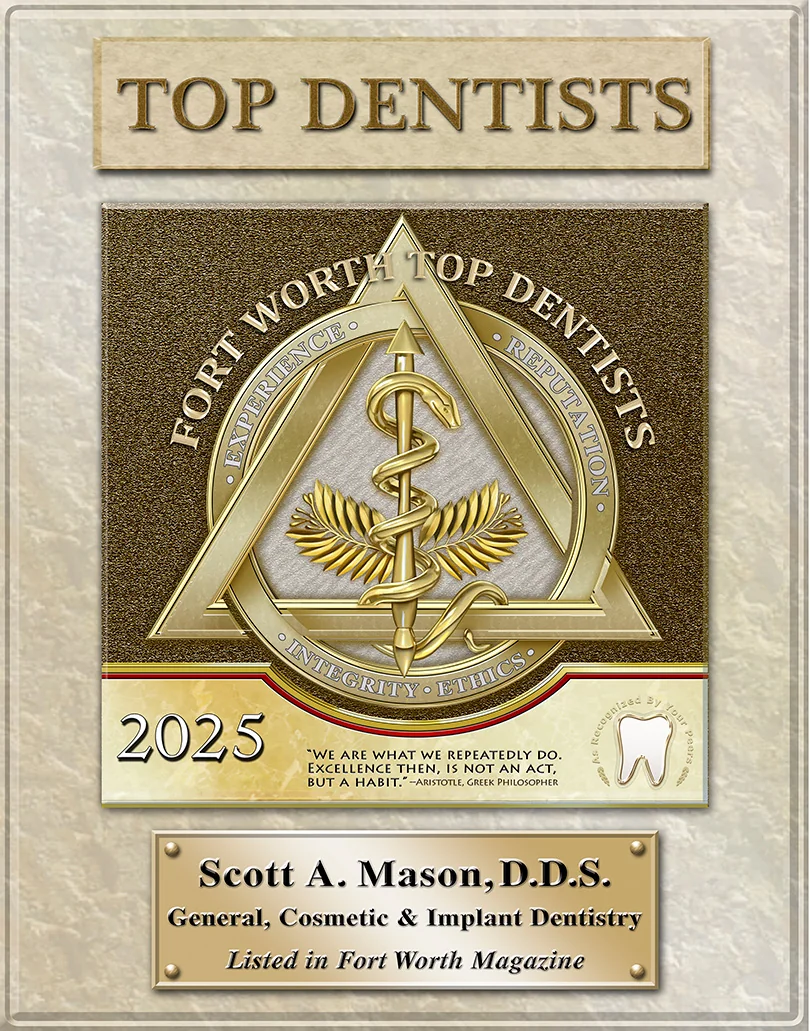 Gingivitis is the earliest stage of gum disease, characterized by inflammation of the gums surrounding the teeth. This common condition occurs when plaque, a sticky film of bacteria, builds up on teeth and irritates the gum tissue. If you’ve noticed your gums appearing red or swollen, bleeding during brushing or flossing, or experiencing persistent bad breath, you may be dealing with gingivitis.
Gingivitis is the earliest stage of gum disease, characterized by inflammation of the gums surrounding the teeth. This common condition occurs when plaque, a sticky film of bacteria, builds up on teeth and irritates the gum tissue. If you’ve noticed your gums appearing red or swollen, bleeding during brushing or flossing, or experiencing persistent bad breath, you may be dealing with gingivitis.
What Causes Gingivitis?
Several factors contribute to the development of gingivitis:
- Poor oral hygiene that allows plaque to accumulate
- Hormonal changes during pregnancy, puberty, or menopause
- Certain medications that reduce saliva flow
- Smoking or chewing tobacco
- Family history of dental disease
- Medical conditions like diabetes or HIV that affect immune response
- Nutritional deficiencies, particularly vitamin C
Signs and Symptoms to Watch For
Recognizing gingivitis early is key to successful treatment. Be aware of:
- Gums that are tender, puffy, or swollen
- Bright red or purplish gums (healthy gums are firm and pale pink)
- Bleeding gums when brushing or flossing
- Receding gums making teeth appear longer
- Persistent bad breath or metallic taste in your mouth
- Sensitive gums that are painful to touch
Why Gingivitis Requires Attention
While gingivitis may seem like a minor inconvenience, leaving it untreated can lead to serious complications:
- Progression to periodontitis, a more severe form of gum disease that can cause gum recession and tooth loss
- Potential impact on overall health, as research has linked gum disease to heart disease, stroke, respiratory issues, diabetes complications, and other systemic health issues
- Chronic bad breath and discomfort that affects your quality of life
- Increased risk of complications during pregnancy, including premature birth and low birth weight
How Mason Dental Can Help
At Mason Dental, we take gum health seriously. Our expert hygienists are specially trained to both identify early signs of gingivitis and provide effective treatment to restore your gum health.
Our approach to treating gingivitis includes:
- Comprehensive evaluation of your gum health at every visit
- High quality dental cleanings that remove plaque and tartar buildup that regular brushing can’t reach
- Personalized oral hygiene instructions tailored to your specific needs
- Advanced periodontal therapies when necessary, including deep cleaning procedures (scaling and root planing)
- Gentle yet effective treatment
- Regular monitoring to prevent recurrence
The Mason Dental Difference
What sets our hygiene team apart is our commitment to both treatment and education. Our hygienists take the time to help demonstrate proper brushing and flossing techniques, answer all your questions, and create a comfortable, judgment-free environment focused on improving your oral health.
Home Care Tips
Between your regular visits to Mason Dental, our hygienists recommend:
- Brushing twice daily with toothpaste using a soft-bristled brush
- Daily flossing to remove plaque between teeth and under the gumline
- Using an antimicrobial mouthwash to reduce bacteria
- Maintaining a balanced diet rich in vitamins and minerals, particularly vitamin C
- Limiting sugary foods and drinks that feed harmful bacteria (This one is huge!)
- Staying hydrated to maintain adequate saliva flow
- Quitting smoking, which significantly increases gum disease risk
- Replacing your toothbrush every 3-4 months or sooner if bristles are frayed
Don’t wait until gingivitis progresses—schedule your cleaning with one of our fantastic hygienists today. At Mason Dental, we’re committed to helping you maintain optimal gum health for a lifetime of confident smiles. Your journey to healthier gums starts with just one appointment!




